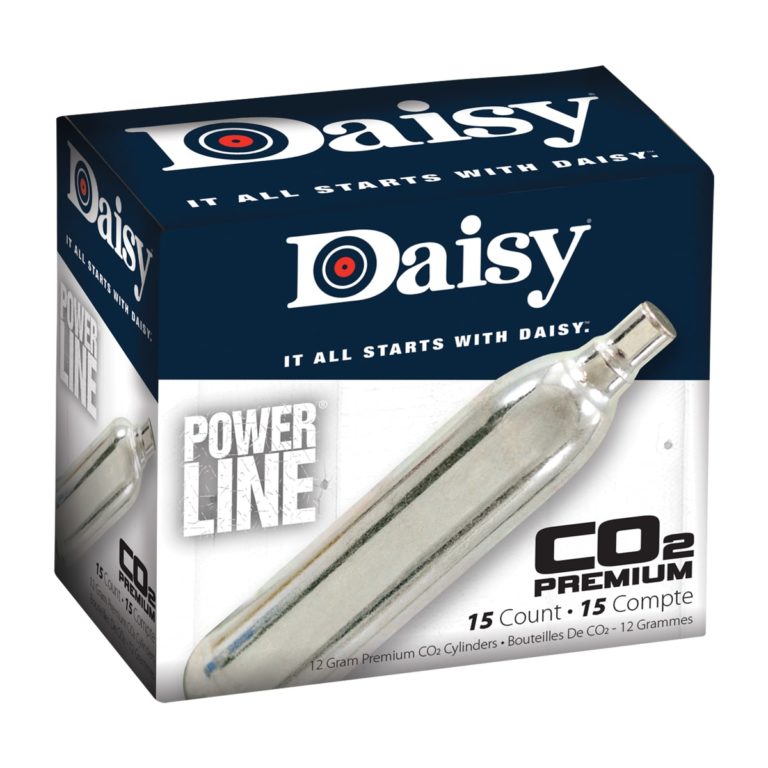

The explosion killed 295 people, many of them children. This began after the 1937 New London School explosion in New London, Texas, considered the deadliest school disaster in American history. The familiar, rotten-egg aroma that you sense when the pilot light of your furnace blows out is produced by sulfur-based compounds called thiols that were added to natural gas to aid in its detection. The scent of gas is usually the most common sign of its presence, but pure natural gas is actually odorless. In some neighborhoods the smell of gas was so pervasive that it hung steadily in the air, as if it belonged there. In the towns of Cicero and Berwyn, I could find up to three leaks in a given residential yard, and as many as a few dozen on a single densely populated block. It didn’t take me long to notice that the leaks were particularly abundant in older suburbs, where aged copper lines hadn’t yet been replaced by aluminum or plastic. I had been tasked with finding the leaks in the system. And every day the vast networks of underground gas lines in the country leak it into the atmosphere. Methane is the primary constituent of natural gas it’s about 30 times more potent than carbon dioxide, making it a colossal greenhouse gas. The United States Environmental Protection Agency reports that natural gas and petroleum systems are the largest anthropogenic source of methane in the U.S., and the second-largest globally. My first lesson on the job: Gas is leaking everywhere.

I didn’t realize at the time I signed on that I would spend four summers and one winter of my life investigating gas leaks, nor that it would be so revelatory. During my senior year of high school, I quit my job at the local minor-league baseball stadium and got a new one checking gas lines in the Chicago suburbs.


 0 kommentar(er)
0 kommentar(er)
